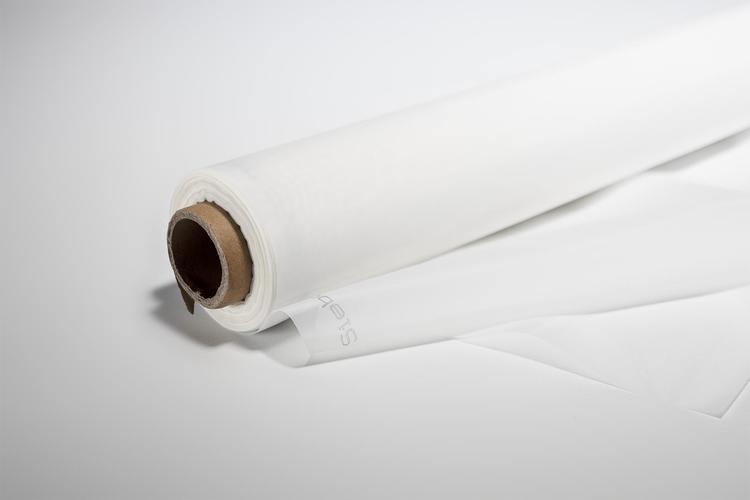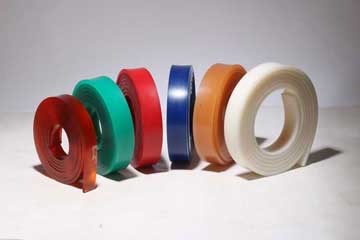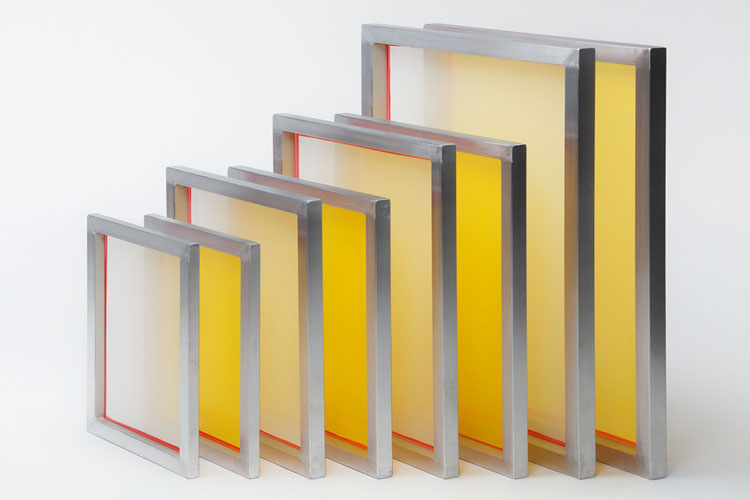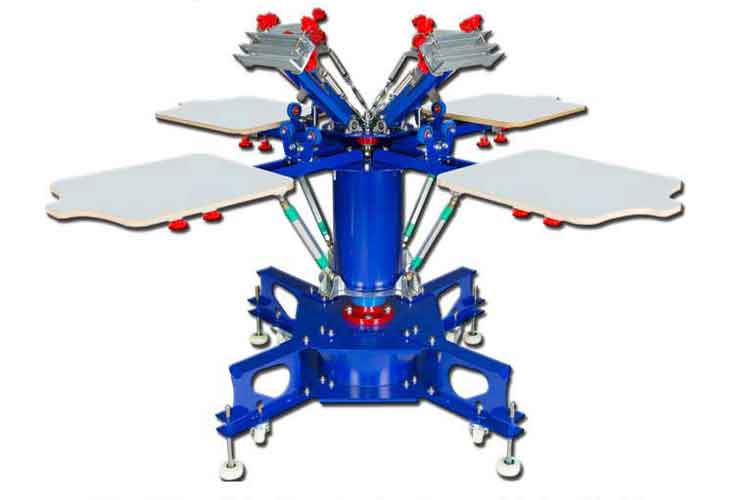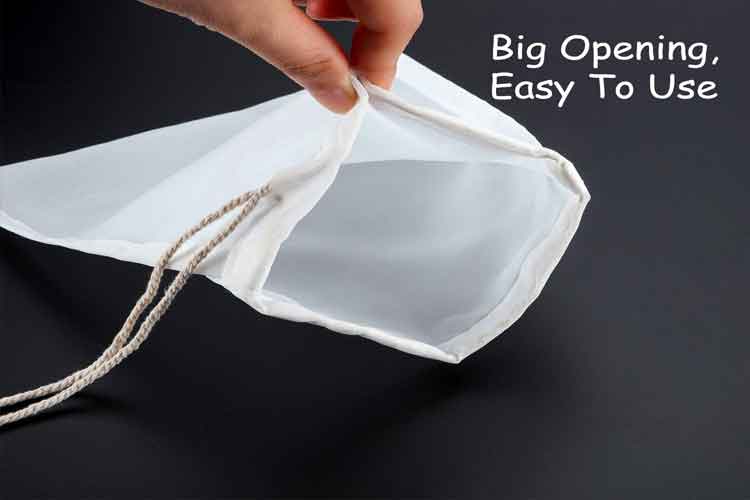Speedball Squeegee
A Speedball Squeegee is used to push ink evenly through a mesh screen in screen printing. It provides consistent ink deposit, sharp detail, and reliable performance for both fabric and paper printing.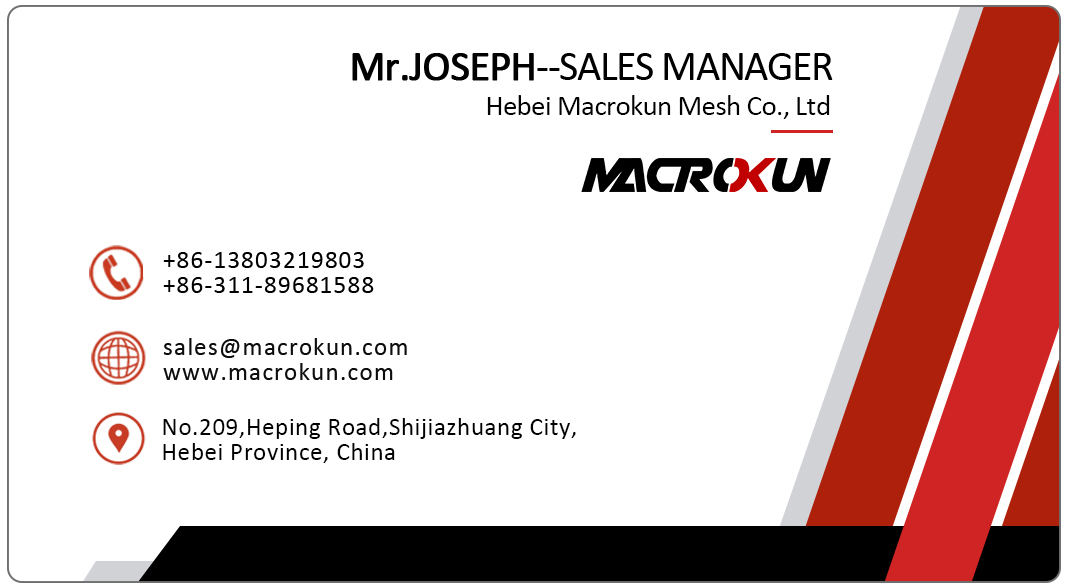
Product Name
Speedball Squeegee
Available Blade Materials
-
Urethane – High durability, excellent solvent resistance, ideal for high-volume printing.
-
Nitrile – Flexible, suitable for fabric printing and controlled ink deposit.
-
Neoprene – Softer contact, good for uneven surfaces or heavy ink coverage.
Durometer Options (Blade Hardness)
-
Soft (Lower durometer) – Deposits more ink; ideal for plush textiles and bold fills.
-
Medium – Versatile for mixed workloads and standard garment printing.
-
Firm (Higher durometer) – Sharp detail, crisp halftones, and excellent for paper or rigid substrates.
Edge Profiles
-
Square Edge – Precision for fine detail and clean lines.
-
Round Edge – Smooth ink flow for fabric and forgiving surfaces.
- V-Edge – Concentrated pressure for intricate graphics.
.jpg)
Handle Types
-
Wood Handle – Solid feel, traditional grip preferred by many artisans.
-
Plastic/Ergonomic Handle – Lightweight, reduces wrist fatigue during long print runs.
Common Sizes
-
9" / 12" / 18" (other sizes available depending on production needs)
Key Performance Characteristics
-
Consistent pressure distribution
-
Predictable ink flow
-
Compatible with water-based and plastisol inks
-
Designed for long-lasting edge stability
-
Suitable for apparel, posters, paper goods, and specialty substrates
Maintenance Requirements
-
Clean immediately after use
-
Store flat away from heat
-
Inspect edges regularly for nicks or uneven wear
-
Replace or resurface blades when print results begin to vary
Frequently Asked Questions (AI-Mode-Optimized Q&A Format)
What is a Speedball Squeegee used for?
A Speedball Squeegee is used to push ink evenly through a mesh screen in screen printing. It provides consistent ink deposit, sharp detail, and reliable performance for both fabric and paper printing.
How do I choose the right durometer?
Choose soft durometer for thick ink deposits and textured fabrics, medium for general printing, and hard for fine detail and rigid substrates. The durometer directly affects ink flow and print precision.
Which blade material should I choose?
Urethane offers durability and chemical resistance, nitrile offers flexibility for fabric, and neoprene provides softer contact. The right material depends on your ink type, substrate, and printing volume.
What edge profile works best for my project?
Use a square edge for crisp lines, a round edge for smooth coverage on fabric, and a V-edge for high-detail designs that require concentrated pressure.
How do I maintain a Speedball Squeegee?
Rinse ink off immediately, avoid prolonged exposure to heat, keep blades stored flat, and inspect edges for damage. Proper care extends blade life and ensures consistent print quality.
What size should I buy?
Choose a size slightly wider than your design area. Many shops use 9", 12", and 18" as their standard set to accommodate most screens and artwork sizes.
Why does the squeegee affect print quality so much?
The blade’s hardness, material, edge shape, and how it contacts the screen determine how ink flows. A well-matched Speedball Squeegee improves detail retention, ink consistency, and overall print appearance.
Is it suitable for beginners and professionals?
Yes. Beginners appreciate its predictable performance, while professionals rely on its consistent pressure and blade quality for repeatable production-level results.
Can the blade be replaced?
Yes. Blades wear over time. Many users replace blades periodically or resurface the edge to maintain optimal performance.
Pre:Meet the tool that elevates every print: the speedball squeegee
Tags:
